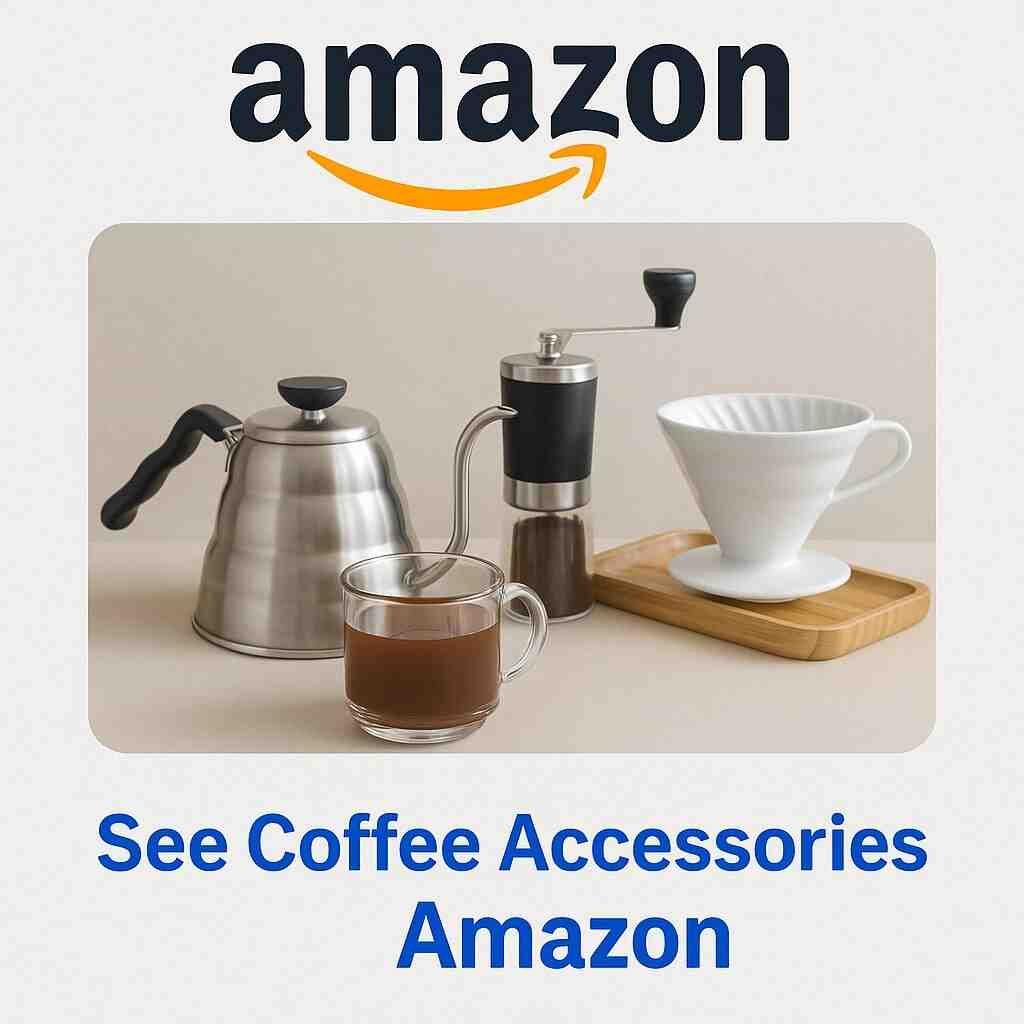How to Calibrate Your Coffee Scale for Accurate Measurements
Consistency is the secret ingredient to a perfect cup of coffee—and that starts with accurate measurements. Even the most advanced coffee scales can lose precision over time. That’s why calibration isn’t just a technical step; it’s a brewing essential.
In this guide, we’ll walk you through the process of calibrating your coffee scale at home and explain why it matters for every serious home barista.
Why Calibration Matters for Coffee Brewing
Have you ever brewed a cup that tasted a bit off—even though you followed the same steps as always? The culprit might be your scale. An uncalibrated scale can throw off your coffee-to-water ratio, leading to over-extracted bitterness or under-extracted sourness.
Calibration ensures that:
- Measurements are accurate and reliable
- Recipes yield consistent results
- You avoid wasting coffee and time
Especially when you’re experimenting with brew ratios or dialing in espresso shots, even a 1-gram error can make a noticeable difference.
How Often Should You Calibrate Your Coffee Scale?
It depends on how often you use it. Here’s a simple guideline:
- Daily Use: Calibrate every 2–4 weeks
- Occasional Use: Calibrate every 1–2 months
- After Travel or Impact: Calibrate immediately
If your scale is giving inconsistent readings or you notice minor differences even when using the same amount of coffee, that’s your sign.
What You Need to Calibrate a Coffee Scale
Most modern digital coffee scales come with built-in calibration functions. You’ll also need:
- A calibration weight—commonly 100g, 200g, or 500g, depending on your scale
- A flat, stable surface
- Fresh batteries or full charge, to avoid power fluctuation errors
If your scale didn’t include a weight, you can find precise calibration weights online for under $10.
Step-by-Step Guide to Calibrating Your Scale
- Turn on the Scale: Make sure it’s on a level surface.
- Enter Calibration Mode: This usually involves holding down a specific button (check your scale’s manual).
- Wait for the Display Prompt: The screen will show the expected calibration weight (e.g., 200g).
- Place the Calibration Weight: Gently set it in the center of the weighing platform.
- Confirm and Wait: The scale will automatically adjust and confirm when calibration is complete.
- Test the Scale: After calibration, weigh the same object a few times to check for consistency.
Tips to Keep Your Scale Accurate
- Avoid Overloading: Never exceed the max weight limit.
- Use in Stable Conditions: Temperature and humidity can affect accuracy.
- Store Carefully: Keep it in a padded or secure location when not in use.
- Clean Regularly: Dust and coffee grounds can interfere with the sensor.
Final Thoughts
A properly calibrated scale is a small detail that makes a big difference—especially if you’re chasing consistency in your brews or working with specialty beans. Calibration only takes a few minutes, but the payoff in flavor clarity is huge.
Whether you’re pulling espresso shots or perfecting your pour-over, don’t let inaccurate measurements sabotage your cup. Make calibration a regular part of your coffee ritual—you’ll taste the improvement.




